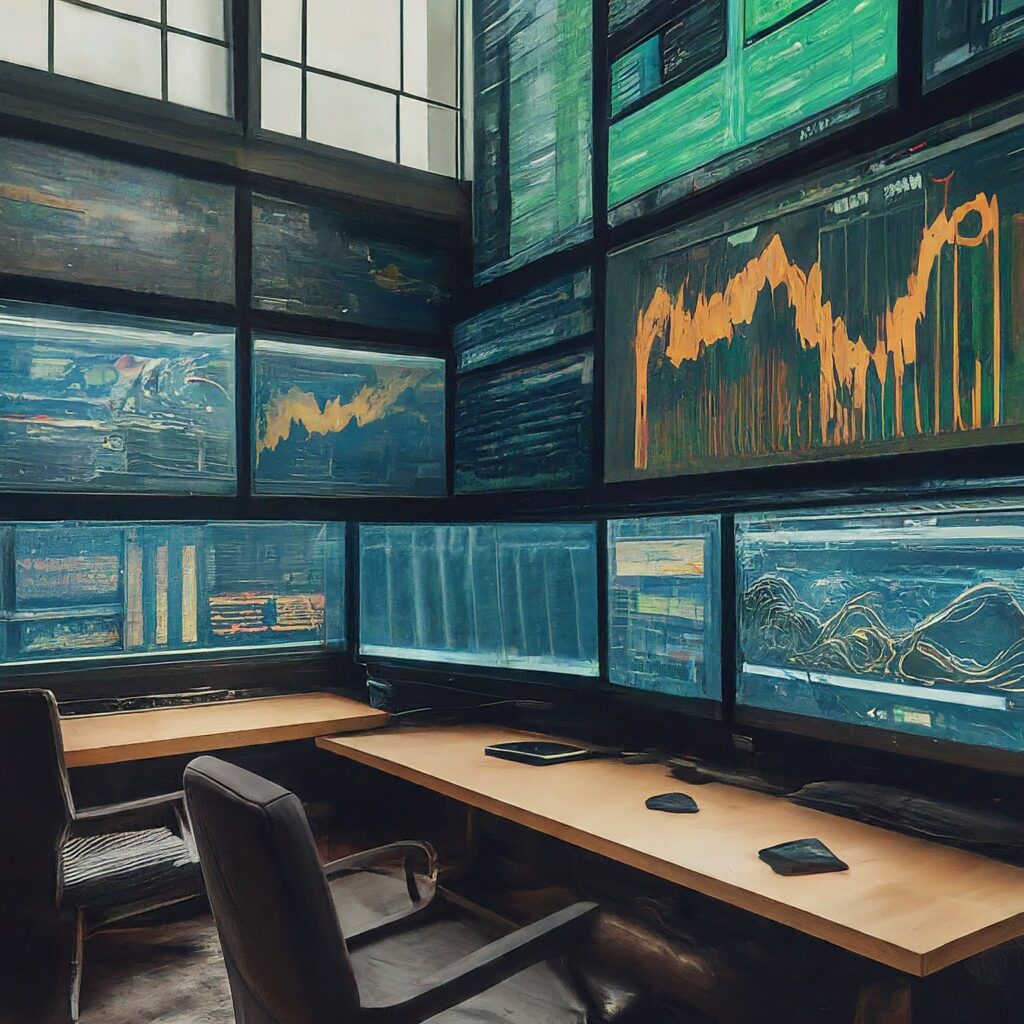Imagine a market where companies and individuals can buy and sell the right to emit greenhouse gases. This is the essence of carbon trading, a controversial tool used to combat climate change. Inspired by the success of cap-and-trade regulations in reducing sulphur pollution, carbon trading aims to gradually shrink the overall carbon footprint. However, concerns about its effectiveness, accessibility, and potential for greenwashing persist. In this article, we delve into the complex world of carbon trading, exploring the challenges faced by investors and consumers, and examining the potential solutions that could unlock its true potential for a sustainable future.

The Current State:
The global carbon market size has seen significant growth in recent years, reaching an estimated value of €865 billion in 2022. Revenue from carbon taxes and emissions trading systems (ETS) also reached a record high of $95 billion in 2023.
The European Union Emissions Trading System (EU ETS) dominated the scene in 2022, representing 87% of the global market size. In terms of volume, the carbon market witnessed a staggering 12.5 billion metric tons of CO2 traded in the same year. Furthermore, coverage of these systems is expanding rapidly, with 23% of global greenhouse gas emissions now covered by 73 instruments in 2023. While China is a significant player, its operational emissions trading market in 2022 was still relatively small, valued around €1.2 billion.
Two main approaches:
- Cap-and-trade: This is a government regulatory program designed to limit, or cap, the total level of emissions of certain chemicals, particularly carbon dioxide, as a result of industrial activity. The government sets the limit, or “cap” on emissions permitted across a given industry. It issues a limited number of annual permits that allow companies to emit a certain amount of carbon dioxide and related pollutants that drive global warming. Companies that surpass the cap are taxed, while companies that cut their emissions may sell or trade unused credits. The European Union Emissions Trading System (EU ETS) is indeed one of the largest examples of a cap-and-trade system.
- Offset markets: Carbon markets exist under both mandatory (compliance) schemes and voluntary programs. Compliance markets are created and regulated by mandatory national, regional, or international carbon reduction regimes. Voluntary markets function outside of compliance markets and enable companies and individuals to purchase carbon offsets on a voluntary basis with no intended use for compliance purposes⁴. Offset markets allow companies that must reduce emissions under a regulation to pay other firms to do the mitigation instead. Examples of offset markets include forest conservation or renewable energy projects.
Investor and Consumer Pain Points:
| s/n | Investor | Consumer |
| 1 | Volatility and fragmentation: Markets lack standardization and liquidity, leading to price fluctuations and difficulty in assessing projects | Accessibility and affordability: Carbon offset options are often complex and expensive, limiting wider participation |
| 2 | Greenwashing and lack of transparency: Concerns exist about the legitimacy and impact of some carbon credits, hindering trust and investment. | Lack of awareness and understanding: Many consumers lack clear information about carbon footprints and offsetting options, hindering engagement |
| 3 | Limited data and reporting: Standardized metrics and comprehensive data are crucial for informed investment decisions, but are often lacking | Limited impact and potential greenwashing: Concerns exist about the effectiveness of some offsets and the risk of projects not delivering promised emission reductions |
Addressing the Pain Points:
- Standardization and Regulation: The establishment of globally recognized standards for carbon credits and market rules can indeed enhance transparency and trust. This includes industry self-regulation and regulatory efforts by organizations like the ACCC and ASIC.
- Improved Data and Verification: Robust monitoring and independent verification of emission reductions, often referred to as Measurement, Reporting, and Verification (MRV), are crucial for ensuring project integrity. Digital technologies can streamline data collection, processing, and quality control in MRV processes.
- Enhanced Accessibility and Education: Simplifying offsetting options and educating consumers about carbon footprints can indeed unlock wider participation. Tools like the Carbon Catalogue can help communicate carbon emissions associated with each stage in the lifecycle of a product.
- Focus on High-Quality Credits: Prioritizing projects with measurable, long-term carbon reduction benefits is important. High-quality carbon credits can play a significant role in climate action.
Aerapass platform not only incorporates industry-leading practices to address existing pain points, but also empowers you with innovative features like passporting for seamless cross-border trading and scalability to handle even the most demanding volumes. In addition, effortless interoperability with our comprehensive payment solution, supporting both fiat and digital currencies for unmatched flexibility.
Emerging Issues and Challenges:
- Double counting and leakage: Ensuring offsets represent genuine emission reductions and avoiding them being counted twice across different schemes.
- Social and environmental safeguards: Balancing climate goals with potential negative impacts on local communities and ecosystems.
- Impact on developing countries: Ensuring carbon markets contribute to equitable development and avoid burdening poorer nations.
- Technological disruptions: New technologies like carbon capture and storage could challenge existing market dynamics.
Conclusion:
Carbon trading holds immense potential as a tool for mitigating climate change. By addressing the concerns of investors and consumers, upholding transparent and robust standards, and navigating emerging challenges, we can unlock its true potential and create a market that delivers both environmental and economic benefits. Remember, this is a complex and evolving space, and ongoing dialogue and collaboration are crucial for navigating its journey towards a sustainable future.



